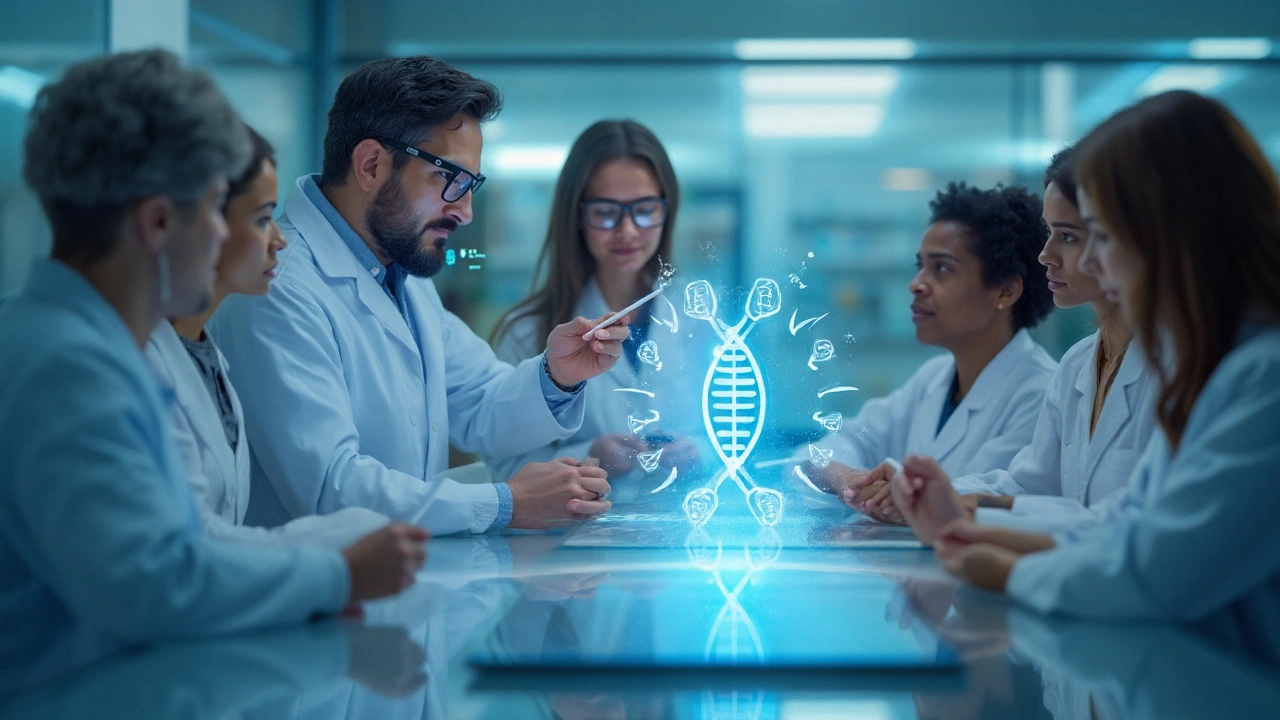Stem Cell Transplant: What You Need to Know
When dealing with stem cell transplant, a medical procedure that replaces damaged or diseased blood‑forming cells with healthy stem cells. Also known as hematopoietic stem cell transplantation, it can be performed using bone marrow, peripheral blood, or cord blood as the source. A related approach called bone marrow transplant, the classic method of harvesting stem cells directly from the donor's pelvis often overlaps with stem cell transplant protocols. Together, these procedures aim to restore a functioning blood and immune system after intensive therapy.
Types of Transplant: Autologous vs. Allogeneic
The two main categories are autologous transplant, where a patient’s own stem cells are collected, frozen, and returned after high‑dose chemotherapy and allogeneic transplant, which uses a donor’s cells. Autologous transplant reduces the chance of immune rejection, while allogeneic transplant brings a graft‑versus‑tumor effect that can help eradicate residual disease. This distinction shapes the conditioning regimen, patient monitoring, and long‑term outlook.
Both types require a carefully timed conditioning regimen that wipes out existing bone‑marrow cells and suppresses the immune response. This is where immunotherapy, treatments that boost or modulate the immune system, such as checkpoint inhibitors or CAR‑T cells often enters the picture. Immunotherapy can be used before transplant to shrink tumors, or after transplant to prevent relapse, making it a pivotal adjunct in modern transplant strategies.
One of the most significant risks after an allogeneic stem cell transplant is graft‑versus‑host disease, an immune reaction where donor cells attack the recipient’s tissues. GVHD can affect the skin, liver, or gut and may require steroids or targeted therapies to manage. Preventing and treating GVHD is a major focus of transplant teams, influencing donor selection, conditioning intensity, and post‑transplant care plans.
Recovery doesn’t end when the new stem cells engraft. Patients need regular blood work, infection monitoring, and supportive care such as growth factors or antibiotics. Lifestyle adjustments—balanced nutrition, gentle exercise, and avoiding crowds—help the new immune system mature safely. Emotional support and patient education are equally vital, as the process can be stressful and prolonged.
Below you’ll find a curated list of articles that dive deeper into each of these areas. Whether you’re curious about the science behind autologous transplants, looking for practical tips to handle graft‑versus‑host disease, or want to learn how immunotherapy enhances transplant outcomes, the posts ahead cover the full spectrum of information you’ll need to navigate a stem cell transplant journey with confidence.
How Bone Marrow Donation Transforms Chronic Lymphocytic Leukemia Treatment
Explore the impact of bone marrow donation on chronic lymphocytic leukemia (CLL) treatment, from donor matching to survival outcomes, and learn how stem cell transplants change patient lives.
